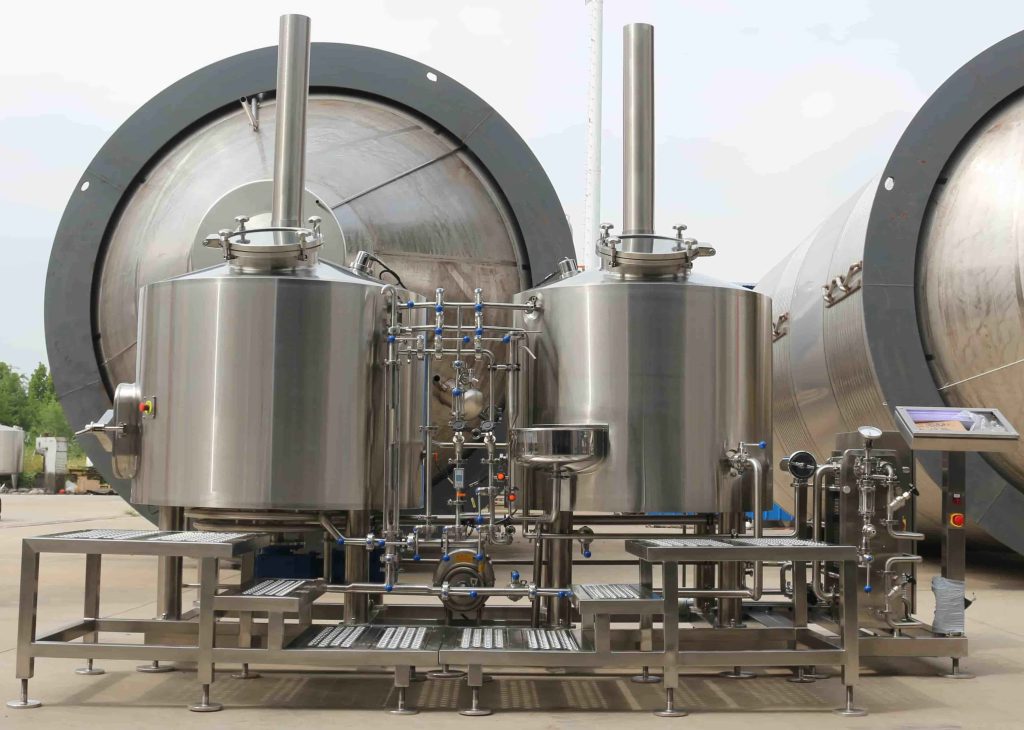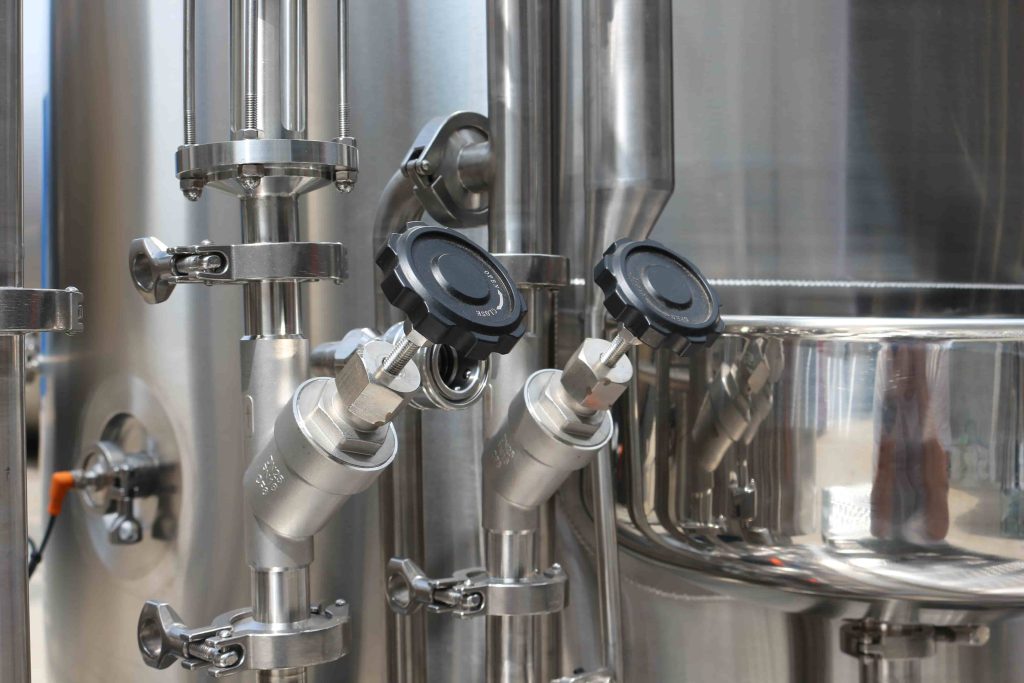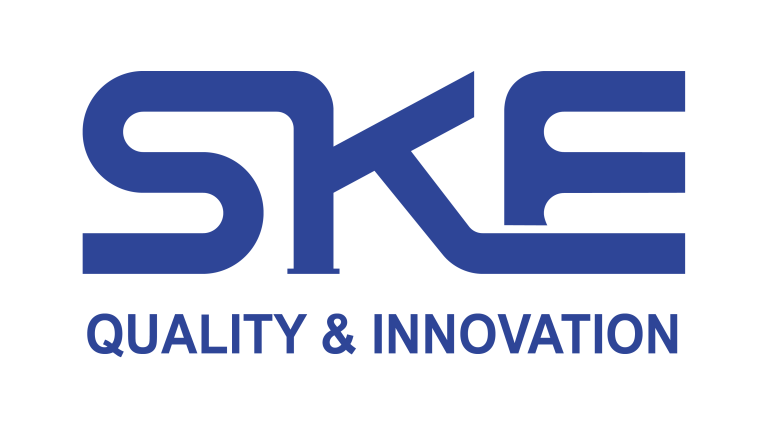
Beer brewing equipment is the first decision that separates repeated, great batches from “that one good brew.” Curious how the right gear influences flavor, consistency, and scale — and why SKE and events like drinktec 2025 matter to brewers right now? Read on: this guide walks a third-party, buyer-focused path through components, ROI, maintenance, and real-world choices.
Table of Contents
1. Introduction: Why Beer Brewing Equipment Matters
Beer brewing equipment is the backbone of every brewery, from small craft operations to large-scale commercial facilities. Without the right setup, even the most creative beer recipes can fall short in quality and consistency.
In 2025, the brewing industry is evolving rapidly, with innovative designs, energy-efficient systems, and automation becoming standard. Whether you are starting your first brewery or upgrading an existing one, understanding the essentials of beer brewing equipment will save you time, money, and future headaches.

2. Types of Beer Brewing Equipment You Need
Here’s a quick breakdown of essential beer brewing equipment categories and their functions:
| Equipment Type | Purpose | Typical Capacity Range |
|---|---|---|
| Mash Tun | Converts grain starches to sugars | 500L – 5000L |
| Lauter Tun | Separates wort from grain husks | 500L – 5000L |
| Boil Kettle | Boils wort and adds hops | 500L – 5000L |
| Fermentation Tanks | Ferments wort into beer | 1000L – 10000L |
| Bright Beer Tanks | Carbonates and stores beer before packaging | 1000L – 10000L |
Having the right beer brewing equipment setup will directly impact your beer’s taste, aroma, and clarity.
3. How to Choose the Right Beer Brewing Equipment
When selecting beer brewing equipment, consider:
Production volume – Match equipment size to your expected output.
Automation level – Decide between manual, semi-automatic, or fully automated systems.
Material quality – Stainless steel (304 or 316) ensures durability and easy cleaning.
Space availability – Plan layouts to fit your brewing floor plan efficiently.
Budget & ROI – Calculate payback time for your investment.
💡 Pro Tip: Many brewers underestimate installation and maintenance costs. Factor these in early to avoid surprises.

4. SKE – A Brand Setting New Standards
SKE has become a global leader in beer brewing equipment by focusing on:
Precision engineering for consistent results
Energy-efficient designs to reduce operating costs
Custom solutions for breweries of all sizes
Comprehensive after-sales support
Whether showcased at global trade fairs or through client referrals, SKE has positioned itself as a brand brewers trust worldwide.
5. Beer Brewing Equipment Trends at Drinktec 2025
Drinktec 2025 is set to be the biggest brewing technology event of the decade. Trends to watch:
Smart brewing systems with IoT integration
Modular equipment for scalable production
Sustainability-focused designs reducing water and energy consumption
Faster cleaning systems for higher production uptime
Visiting Drinktec 2025 will give brewers firsthand insight into the latest beer brewing equipment innovations.

6. FAQs About Beer Brewing Equipment
Q1: How long does beer brewing equipment last?
With proper maintenance, high-quality stainless steel brewing systems can last 15–20 years.
Q2: Is second-hand beer brewing equipment worth buying?
Yes, if inspected for wear and hygiene. However, new systems offer better efficiency and warranty coverage.
Q3: Does SKE ship beer brewing equipment internationally?
Absolutely. SKE serves breweries across Europe, North America, Asia, and beyond.

Conclusion
Ready to optimize your setup? Comment with your current system and goals — our SKE specialists will suggest concrete steps to improve consistency, lower costs, or scale production. Whether it’s a backyard pilot or a multi-site rollout, the right equipment will get you there.
